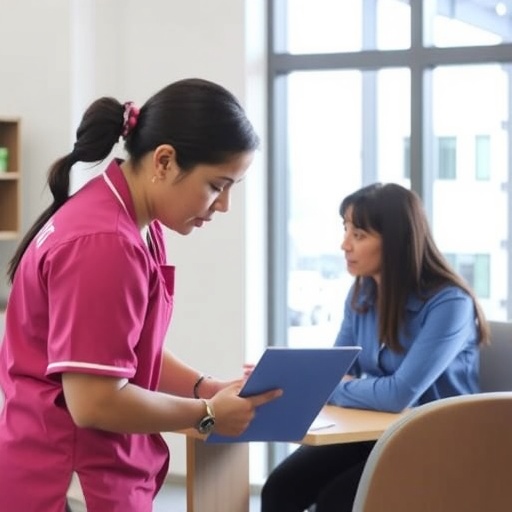Developmental dyslexia is one of the most widespread learning disabilities. Different therapeutic approaches and learning strategies are used to tackle the reading and writing difficulties associated with dyslexia, but to-date it is impossible to cure dyslexia. Furthermore, for many affected individuals it takes a long time until they receive a dyslexia diagnosis. Children with dyslexia have considerable problems at school and are under great emotional pressure both at school and in the family. Adults with dyslexia frequently feel ashamed of their weakness and try to hide it from their social and professional environment. But why do seemingly completely normally developed children and adults have such problems with reading and/or writing?
Many scientists think that the cause of dyslexia is a dysfunctional processing of auditory speech. However, even today, the reasons for these alterations in speech processing remain unknown. A long-standing assumption is that developmental dyslexia is caused by dysfunction of structures in the cerebral cortex.
Neuroscientist Prof. Katharina von Kriegstein from TU Dresden and an international team of experts now show in a recently published study that people with dyslexia have a weakly developed structure that is not located in the cerebral cortex, but at a subcortical processing stage; namely the white matter connectivity between the left auditory motion-sensitive planum temporale (mPT) and the left auditory thalamus (medial geniculate body. MGB).
For this study, the team headed by Prof. von Kriegstein analysed people with developmental dyslexia in comparison to people without dyslexia (control group) and conducted diagnostic tests and Magnetic Resonance Imaging (MRI) of the brain. Using special analysis techniques, the neuroscientists reconstructed the fibre structures between the mPT and the MGB. The results are the following: people with LRS have less fibre connectivity between mPT and MGB in the left hemisphere of the brain than people from the control group. The people in the control group, in contrast, showed very strong fibre connectivity between mPT and MGB, particularly those who performed extremely well in the reading test.
“Understanding the neural mechanisms of developmental dyslexia will be decisive for the development of early diagnostics and of targeted therapies. We expect our findings to initiate major novel research endeavours in the scientific community, because they show that brain structures that have thus far been insufficiently studied may be very relevant for explaining developmental dyslexia,” summarizes Prof. Katharina von Kriegstein on the success of her study.
###
Original publication:
“Reduced structural connectivity between left auditory thalamus and the motion-sensitive planum temporale in developmental dyslexia” Nadja Tschentscher, Anja Ruisinger, Helen Blank, Begoña Díaz and Katharina von Kriegstein: Journal of Neuroscience 14 January 2019, 1435-18; DOI: https:/
Media Contact
Katharina von Kriegstein
[email protected]
http://dx.




